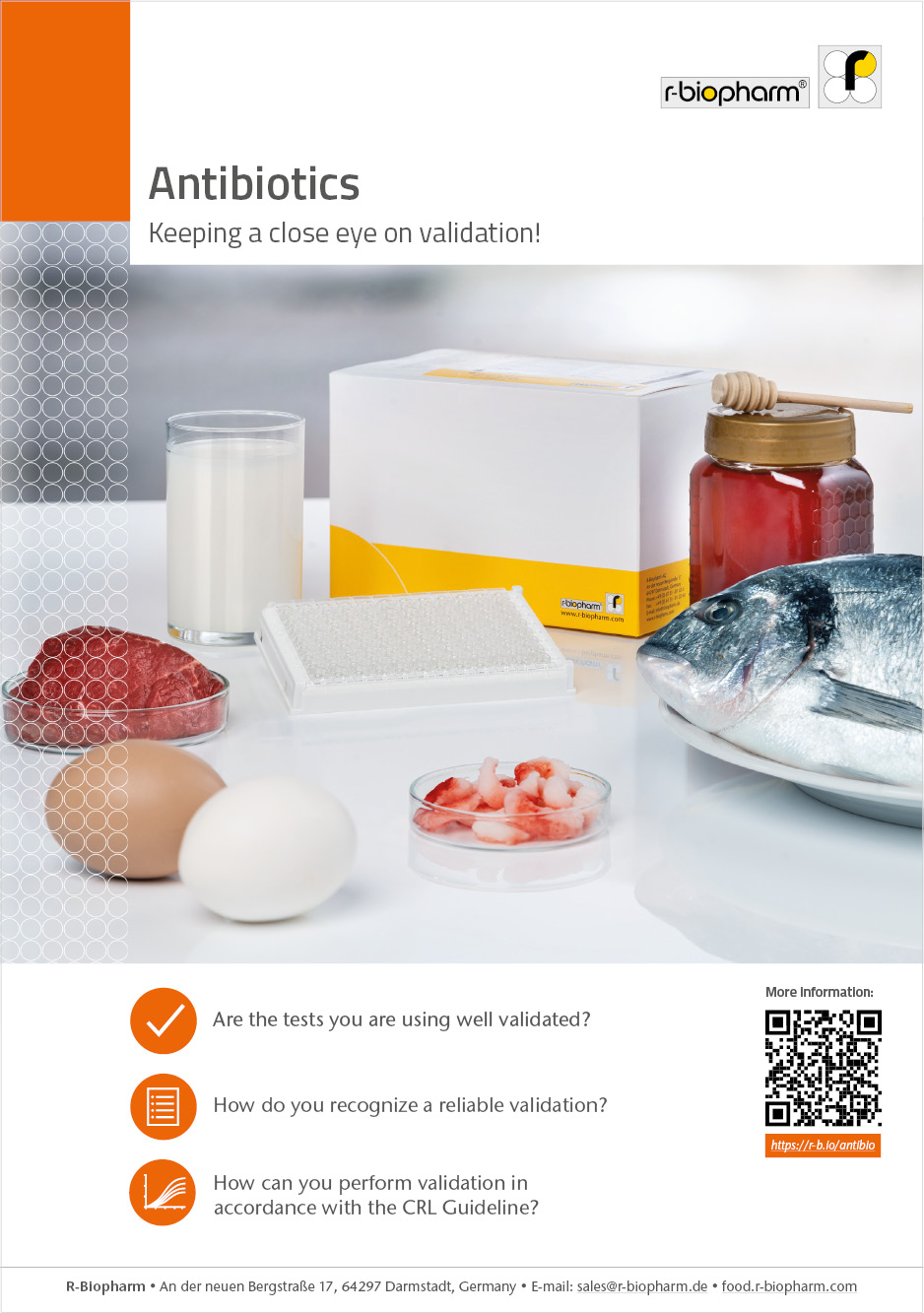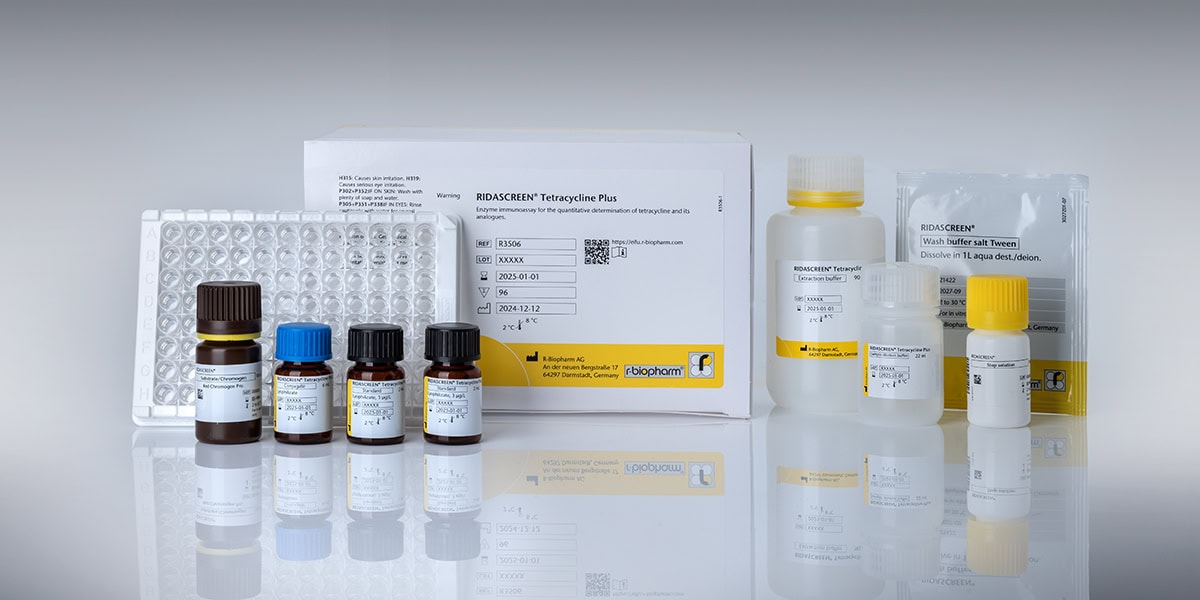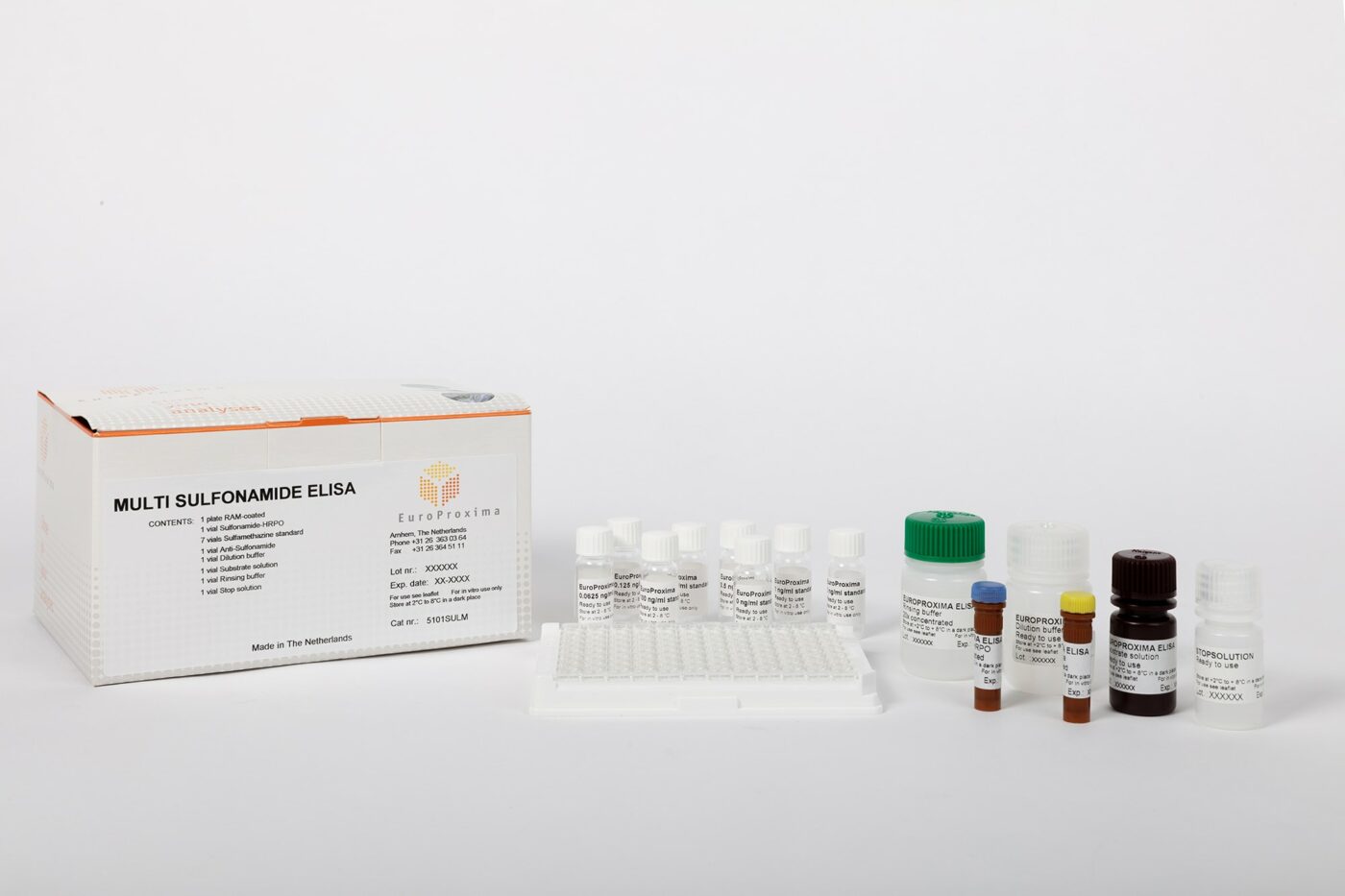
Recent news in Food & Feed Analysis
- Home
- /
- New whitepaper: The importance...
New whitepaper: The importance of validation for antibiotic test systems!

Residues of antibiotics, hormones and toxins are a threat to consumer health. This makes reliable test systems and their validation all the more important. Validation demonstrates that an analytical method meets requirements for accuracy, precision, robustness, specificity, selectivity and repeatability, among others. In summary: It is the proof that a test method works correctly. So it’s all the more important to keep an eye on test system validation. And for that, our new, free whitepaper is the ideal overview. Antibiotics are used to treat animals used to produce food such as meat, milk or eggs. These antibiotics prevent or fight bacterial infections in animals. However, the residues are a risk factor for consumer health as they promote the formation of multi-resistant germs. This becomes a particular danger to humans because many antibiotics are used in both human and veterinary medicine.
The main reasons for antibiotic residues in food are non-compliance with the legally prescribed withdrawal period after treatment with antibiotics or illegal use as a fattening aid in food-producing animals.
Why is the validation of test systems important?
Maximum Residue Limits (MRLs) for certain substances are regulated worldwide. Other substances are completely banned in the EU, for example. Sensitive test systems are required to detect the residues of these substances. Because each test system has its limitations, minimum required performance levels (MRPLs) have been defined. These indicate the minimum performance a test system must have in order to be used for the detection of the residue.[vc_row_inner css=”.vc_custom_1629292095533{background-color: #e3e5e6 !important;}”][vc_column_inner width=”2/3″]
Download whitepaper now
Our new, free whitepaper is the ideal place to start to get an overview of test system validation.
- What is validation?
- Why is it necessary?
- Information on the most important parameters, e.g. limit of detection, detection capability and cross-reactivity.
- What is detection capability (CCβ) and how can it be determined?
- and much more.
 [vc_column_inner]R-Biopharm offers products for testing residues of various antibiotics.
[vc_column_inner]R-Biopharm offers products for testing residues of various antibiotics.



